GoGreen 12 Led Flame Cracky Tulip
Posted by Marcel van der Steen in Led lights, Light measurements Add commentsA led lightbulb with a nice design of the used glass, from van Technea Duurzaam, for sale at De Energie Bespaarshop; it has a broken glass appearance, as the title says, a cracky glass in the form of a flame. The lamp has 12 leds that all together do not give a lot of light, and in addition the light is somewhat yellowish. This latter makes the lamp good for creating a nice and warm atmosphere.
See this overview for a comparison with other lamps.
Summary measurement results
| parameter | meas result | remarks |
|---|---|---|
| ColorTemperature | 2900 K | Warmwhite, when looking at the chromaticity diagram, the light is yellowish. |
| Luminous Intensity Iv | 31 Cd | This lamp is not bright. |
| Beam Angle | 30 deg | . |
| Power P | 0.87 W | Looking from the front into the lamp, one can see the 12 normal leds. |
| Power Factor | 0.17 | For every 1 kWh net power consumed, there has been 5.7 kVAhr for reactive power. |
| Luminous Flux | 24 lm | . |
| Luminous Efficacy | 28 lm/W | |
| CRI | 64 | Color Rendering Index. |
| Coordinates chromaticity diagram | x=0.469 and y=0.457 | |
| Fitting | E27 | |
| Diameter | 60 mm | Measured at the widest part of the lamp, which is the widest part of the broken glass. |
| Length | 145 mm | . |
| General remarks | The ambient temperature during the whole set of measurements was 24 – 25 deg C.
Heat up effect: hardly observable. Voltage dependency: Observed, and dependent in a linear way over the tested voltage range. For the raw data follow this link (gogreen_08w_flame_e27_cracked_globe_typeii.zip). |
E_v at 1 meter distance, or I_v
Herewith the plot of the average Luminous Intensity (I_v) dependent from the inclination angle with the lamp. Average here means that all Luminous Intensities measured with different turn angles but the same inclination angle, are averaged.
The radiation pattern of the lamp.
This radiation pattern shows a small beam of light. Note that this graph shows the average of all light measurements done on the lamp (all turn angles averaged).
Even on this averaged result it is clear that the intensity is dependent on the inclination angle under which the lamp is observed and measured. This is due to the use of the cracked glass. Herewith the results per measured plane, where differences in intensity are more prominently there.
plane 0-180 deg plane 90-270 deg.
The plot shows a fanciful line, which is due to the cracked glass. At some specific inclination angles the measurement head of the spectrometer looks at some cracks in the glass and this impacts the luminous intensity result.
The luminous intensity dependent from the inclination angle, now with all turn angle measurements included.
This graph shows all measurement points taken on this lamp. There is some variety in measurement results when taking the inclination angle constant (x-axis) and varying the turn angle (the dots for a contant inclination angle). This is, as said before, understandable as a different number of cracks of the glass are seen when travelling around the lamp (turn angle) with the measurement sensor.
The beam angle of the light from this lamp differs from the plane that is considered. When averaging all measurements and remaining with one graph indicating the luminous intensity as a function of inclination angle, one finds 30 degrees.
The plot at the top of this paragraph shows the averaged luminous intensity values per inclination angle, which is used to compute the total luminous flux.
Luminous Flux
With the luminous intensity data as a function of the inclination angle, it is possible to compute the luminous flux.
The result of such computation for this lamp is a luminous flux of 24 lm.
Luminous Efficacy
The luminous flux being 24 lm, and the power of the lamp being 0.87 W, yields a luminous efficacy of 24 / 0.87 [lm/W] = 28 lm/W.
A power factor of 0.17 means that for every 1 kWh net power consumed, a reactive component of 5.7 kVAr was needed.
| Lamp voltage | 230 V |
| Lamp current | 22 mA |
| Power P | 0.87 W |
| Apparent power S | 5.0 VA |
| Power factor | 0.17 |
Color Temperature and Spectral Power Distribution
The spectral power distribution of this lamp.
The measured color temperature is about 2900 K, equivalent to warmwhite light.
Chromaticity Diagram
The chromaticity space and the position of the lamp’s color coordinates in it.
The light coming from this lamp is distant from the Planckian Locus (the black path in the graph). This means that a correlated color temperature is computed (instead of a colot temperature), which indicates to what black body radiator temperature this lamp’s light is comparable. The color temperature together with the CRI determine for what specific use this lamp is suited.
Its coordinates are x=0.469 and y=0.457.
Color Rendering Index (CRI) or also Ra
Herewith the image showing the CRI as well as how well different colors are represented. The higher the number, the better the resemblance with the color when a black body radiator would have been used (the sun, or an incandescent lamp).
Each color has an index Rx, and the first 8 indexes (R1 .. R8) are averaged to compute the Ra which is equivalent to the CRI.
CRI of the light of this lamp.
The value of 64 is lower than 80 which is considered a minimum value for indoor usage. This lamp’s use is more to generate a nice atmosphere rather than creating light for reading colorful glossy magazines
Note: the chromaticity difference is 0.016 which is higher than 0.0054, which means that the calculated CRI result might not be meaningful. This is because the chromaticity value of this lamp is too far away from the Planckian Locus.
Voltage dependency
The dependency of a number of lamp parameters on the lamp voltage is determined. For this, the lamp voltage has been varied and its effect on the following lamp parameters measured: illuminance E_v [lx], color temperature CT or correlated color temperature CCT [K], the lamppower P [W] and the luminous efficacy [lm/W].
Lamp voltage dependencies of certain lamp parameters, where the value at 230 V is taken as 100 %.
Looking at the % values on the left axis, there is a dependency of the illuminance and power of the lamp, on the used lamp voltage. This dependency is constant however, it does not change over the measured wide voltage range. It indicates that the used power converter inside the lamp behaves stable.
To check whether this dependency can lead to visible changes in illuminance for possible grid voltage changes, just check what variations occur when the lamp voltage varies around 230 V + and – 5 V. Then the illuminance varies about + and – 2 %. This is very little and will not be noticeable.
Warm up effects
After switch on of a cold lamp, the effect of heating up of the lamp is measured on illuminance E_v [lx], color temperature CT or correlated color temperature CCT [K], the lamppower P [W] and the luminous efficacy [lm/W].
Effect of warming up on different lamp parameters.
There is no effect of the warming up on the lamp parameters, as the values ly close to 100 % being the initial value. This is understandable, as there is little power consumed which means that little heat is available for heating up the lamp.
The low power measured also explains that the graphs look spiked, since the measurement values are so low that the used measurement tool has less resolution in this area.
Close up fotos of the lamp
Herewith two pictures of the lamp’s front and a close up from within.

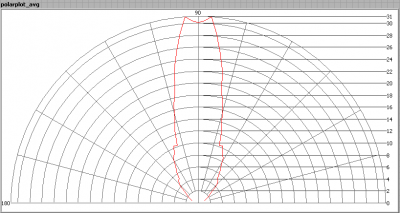


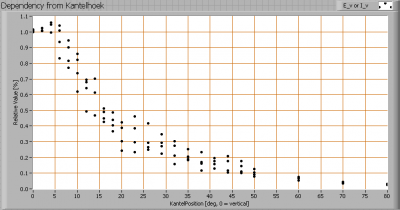
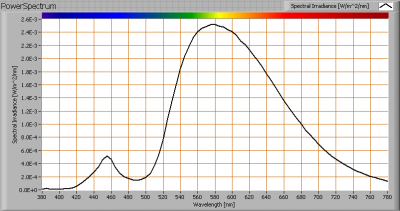
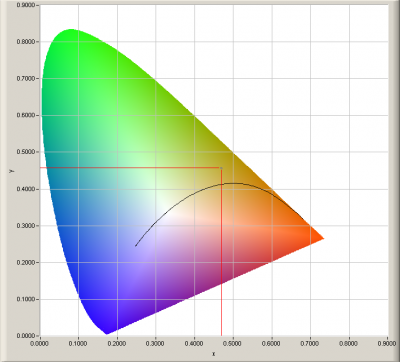
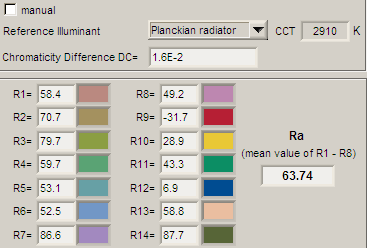
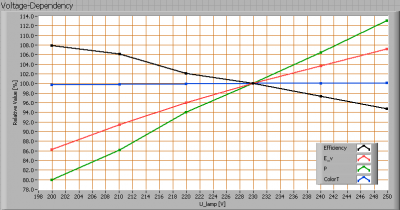
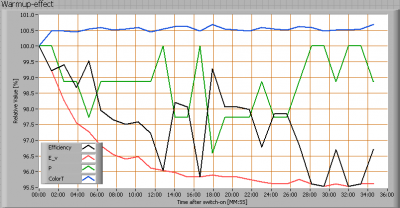
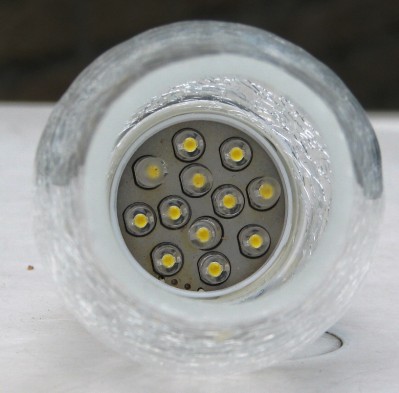
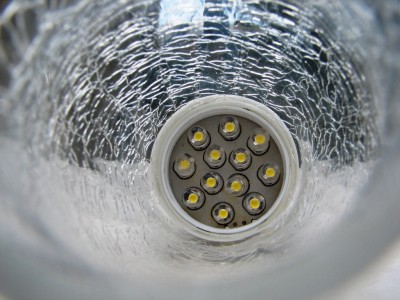



Most popular posts